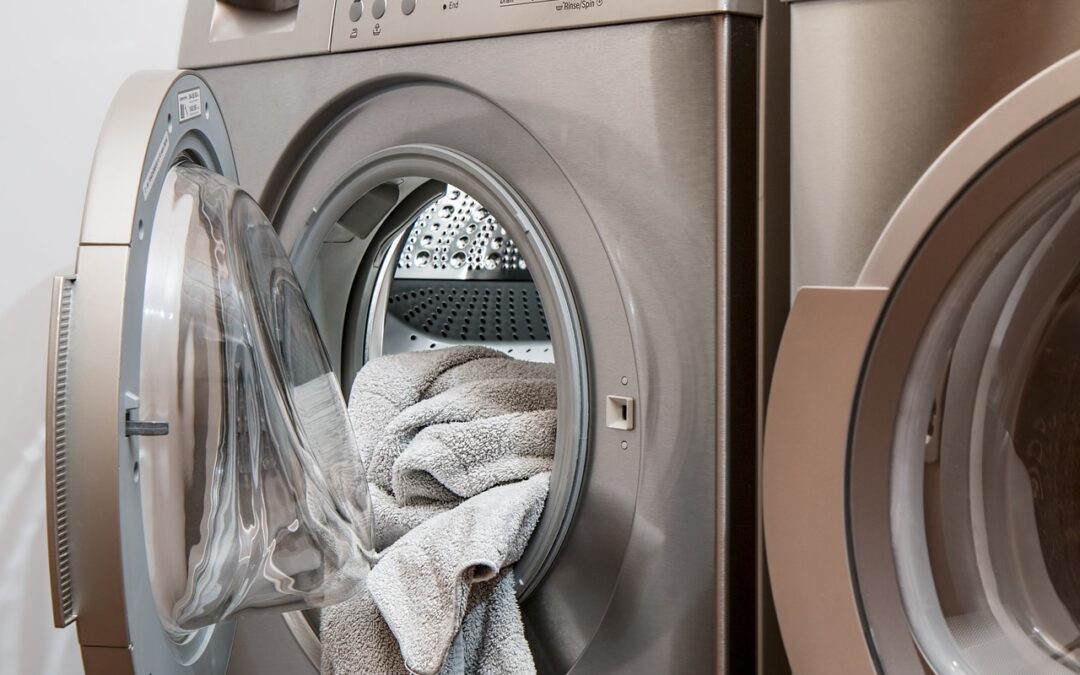Proper maintenance of your home appliances is paramount for their efficiency and longevity. One frequently overlooked aspect of home maintenance is cleaning the dryer vent, which is responsible for expelling hot, moist air and lint. Neglecting to clean the dryer vent regularly can lead to reduced dryer performance and even fire hazards. We’ll explore how often a dryer vent should be cleaned, the reasons behind regular maintenance, and the steps involved in the cleaning process.
Understanding the Dryer Vent System
To determine the cleaning frequency of your dryer vent, it’s crucial to understand its components. These include the lint trap, dryer duct, transition duct, and rigid duct/vent. The lint trap should be cleaned after every drying cycle. The dryer duct carries hot air and lint away, while the transition duct connects the dryer to the rigid duct. The rigid duct/vent extends from the transition duct to expel hot air and lint outdoors.
Recommended Cleaning Frequencies
As a rule, thoroughly clean your dryer vent system every six months. For infrequent dryer use or simpler vent systems, annual cleaning may suffice. However, monitor the system for signs of lint buildup, such as longer drying times, reduced performance, and increased lint around the dryer. Adjust cleaning frequency as needed.
Importance of Regular Cleaning
Regular dryer vent cleaning is essential for various reasons. It significantly reduces the risk of dryer fires, as lint is highly flammable. Cleaning also improves energy efficiency, extends appliance life, enhances indoor air quality, and prevents carbon monoxide exposure in gas dryers. Neglecting vent cleaning can lead to mold growth, reduced indoor air quality, and costly repairs or replacements.
DIY Dryer Vent Cleaning
You can perform basic dryer vent maintenance on your own. Start by unplugging the dryer and accessing the vent on the back. Disconnect the vent duct, clean the lint trap thoroughly, and use a vent or lint brush to remove lint from the duct. Vacuum any remaining lint and debris. This DIY cleaning can help maintain dryer efficiency and reduce fire risks.
Professional Inspection and Cleaning
Consider hiring a professional dryer vent cleaning service for a thorough inspection and cleaning. Professionals can assess the vent’s condition, clear accumulated lint, and deliver recommendations for future maintenance. Professional services are particularly valuable for complex or hard-to-reach vent systems.
Factors Affecting Cleaning Frequency
Several factors influence how often you should clean your dryer vent. Understanding these factors will help you determine an appropriate cleaning schedule:
● Usage Frequency:
The frequency of dryer usage is a critical factor in determining how quickly lint accumulates in the vent system. Homes with large families or those that frequently run laundry loads are more likely to experience rapid lint buildup. For such households, cleaning the dryer vent more frequently, every three to four months, is advisable rather than the standard biannual cleaning schedule.
● Duct Material:
The material of your vent duct can significantly impact the rate of lint accumulation. Flexible transition ducts, often made of foil or plastic, tend to trap lint more readily than rigid metal ducts. If your dryer uses a flexible duct, it may require more frequent cleaning. Inspecting and cleaning these types of ducts every three to six months can help mitigate excessive lint buildup.
● Duct Length and Complexity:
The length and complexity of your dryer vent system play a crucial role in determining cleaning frequency. Longer and more intricate vent systems provide additional spaces for lint to accumulate. In such cases, a more frequent cleaning schedule, like every three to five months, is advisable to prevent blockages and maintain efficient dryer performance.
● Lint Trap Maintenance:
Proper maintenance of the lint trap inside your dryer can influence the rate of lint accumulation in the vent. Regularly cleaning the lint trap after each drying cycle helps reduce the amount of lint that enters the vent system. By doing so, you can extend the time between comprehensive vent cleanings. Nevertheless, even with diligent lint trap maintenance, sticking to a regular cleaning schedule is paramount to ensure optimal safety and efficiency.
● Vent Termination Location:
Where your dryer vent terminates outside your home can impact lint accumulation. Lint buildup can occur more quickly if your vent terminates in an area with high dust or debris, such as near a dusty road or surrounded by trees shedding leaves and seeds. In such cases, inspecting and cleaning the vent every three to six months is advisable to prevent clogs and maintain proper airflow.
Regular dryer vent cleaning is essential for maintaining appliance efficiency, preventing fire hazards, and ensuring a safe and healthy home environment. While a general guideline recommends cleaning every six months, factors like usage frequency and duct complexity should influence your cleaning schedule. DIY cleaning is possible, but professional services may be necessary for complex or hard-to-reach vents. Prioritize dryer vent maintenance to enjoy efficient drying, lower utility bills, and peace of mind regarding fire safety. If you are looking for a professional company, consider Duct Kings Houston.

Recent Comments